From slippage to income tax, here are several hidden costs in forex trading that you should know if you want to give full commitment as a full-time trader.
People join forex trading to get some additional money through profit. They choose a brokerage that might help them to gain profit. However, brokerages or brokers come with some costs that sometimes impact profitability. Therefore, consider the costs of the brokerages, whether they are reasonable or not.
Some brokers' costs that traders should check are:
- Slippage: The difference between the expected price of a trade and the executed price.
- Spread: Difference between the bid and ask prices.
- Commission: Charge a broker applies to compensate for zero or raw spreads, usually counted in lot sizes.
- Funding cost: Refers to deposit fees.
- Swap: The interest traders earn or pay for overnight trades.
- Taxes: Taxes from accumulated profits as regulated by the traders' country laws.
While the information itself is not exactly hidden, not many forex traders realize the abovementioned fees. But how do those costs affect trading?
Slippage
Slippage refers to the difference between the expected price of a trade and the executed price. It is a part of the ECN/STP environment trading that is usually considered negative. Here is an example of slippage in a demo and a live account:
You open a BUY position for EUR/USD on the demo account that does not offer actual transaction and no subject to slippage. Your transaction is executed with the market price of 1.10543 and is closed at 1.10600 with 1 lot trading volume. The difference between those prices is 57 points, so it will translate into your profit on the demo account.
Now, let's turn to the real account. A real trading account is subject to slippage. Let's say the negative slippage at the open price is 10 points, causing the position to be executed at 1.10553. When the trade is then closed at 1.10600, your profit will only amount to 47 points, 10 points fewer than the position in the demo account.
There is also a positive slippage that possibly significantly affects the profits, especially for the limit orders. A limit order is normally set at a fixed or better price. The fixed price means without slippage, while the better price means positive slippage.
When the limit order is set, it usually leads to a marked-up price at the Liquidity Provider. This enables brokers to eliminate negative slippage while ensuring the possibility of positive slippage.
Traders should consider the absence or presence of positive slippage since it becomes one of the main considerations of a broker's business ethics and credibility.
A fair trading condition is one that gives the probability of positive slippage. If your broker's slippages only result in profit reductions or bigger losses, it can be considered a damaging hidden cost that you must watch carefully.
Top-of-the-book Spreads
Spreads refer to the difference between the bid and ask prices of the same security or asset. Spreads among brokerages are not the same. The more attractive brokers, the lower spreads they have.
Besides, they are prone to drastic changes in illiquid times (when the spread widening happens) and during the release of important economic news. A spread is a must-pay fee that is fulfilled automatically in every trade.
Usually, brokers display the real-time spread comparison with or without the commissions on their websites. They know that the official website is an important first impression for upcoming clients. The clients then assume the spreads displayed are the real ones that they will get once they open an account with the broker.
For your information, not all of the details are accurate because it does not show the real trade execution.
The displayed spreads on the broker's website are usually the top-of-the-book spreads. They may only show the best price for about 5 lots of transactions, whereas the spreads for the next lots can be several pips different. Based on the broker's size and the number of active clients, the opportunity of becoming the client included at the top-of-the-book spread is rare. Considering the average price, you will better know how the trade will be filled.
Commission and Profit-Loss (P&L) Conversion
The commission is the charge applied by a broker for making trades on a trader's behalf. The broker also always charges the commission every time a client opens a position. It is deducted from the account balance. If the volume increases, the commission also increases, and vice versa.
Some brokerages choose to offer very tight spreads and charge their clients with commissions. Other brokerages announce on their website that they charge for relatively big spreads with no commissions. If you trade in the first type of broker, pay attention to this.
You should beware of the exchange rate of the commission and P&L conversion to your currency. The conversion should happen with a valid rate as displayed on the trading terminal when the broker charges the commissions.
It is also important to know that the calculation needs to be done immediately at the rollover. It is because the currency rate might differ between the rollover and the time the commission and P&L incurred.
Funding Costs
While most people understand that deposit is an obvious trading cost, not many understand that it might come with an extra fee called funding cost. Funding cost means some costs you must pay when you put a deposit in your account. The facility usually charges the cost by enabling the money transfer to your account. Therefore, funding costs can be different based on payment methods.
Usually, the broker gives a free deposit fee for those depositing through a local or partner bank. However, some brokers might charge a small fee for traders who deposit through e-wallet.
While it seems trivial, this could affect the trading cost spent for each trade.
Now imagine if the broker has a minimum deposit of $100, but they also charge traders a $10 fee for each deposit, with no exceptions. That means a trader must prepare $110 in order to trade with $100. If the traders aren't aware of this funding cost, they might be surprised to find that they only have $90 in their account instead of $100.
Swap Rates
Swap is the interest traders earn or pay for a trade that keeps their positions open overnight.
Normally, a currency with a high-interest rate is stronger than other currencies with lower interest rates. It means the currency value relies on the interest rate. The rates are also prone to change as central banks sometimes need to lower or increase their interest rates in response to the current economic condition.
The difference between the interest rates of two currencies in a pair is a swap. It can be positive or negative, depending on the currencies involved and the type of position that you open.
In forex trading, the swap rate is only applied for overnight positions. If you don't have a floating position that you keep holding to the next trading day (based on your broker's server time), then you will not be charged the swap rate.
Interestingly, traders are often misled by the opinion that positive swaps are worth the effort of analyzing and turning into a trading income.
It may be true for some experienced traders who apply the carry trading strategy, but it can be a complicated matter for beginners who don't understand the intricacies of forex fundamental outlook and the big picture analysis.
For most traders, understanding the swap rate can be limited to an unexpected trading cost incurred by the broker. Hence, you should monitor the swap rates of your broker, especially if you tend to have overnight positions.
See Also:
Taxes
The false opinion among traders is that the biggest drawback of forex trading is due to errors in their trading strategy. While the notion is not all mistaken, it leaves the hidden factor not all traders know: the tax that can reduce the profit earned from trading.
In some countries, the taxes should be paid when the profit is accumulated and informed at the year's end. This is particularly relevant for traders in a country recognizing forex trading profit as a taxable income.
If you live in such a country and plan to be a long-term trader, this hidden cost should be included when weighing the pros and cons of being a full-time trader.
Your broker does not provide tax information as it is a policy implemented by the government. So, you must learn the amount and the payment mechanism of the tax charged to your trading income.
Hidden Costs in Forex Trading Could Interfere Your Income
It is normal to try to make a profit for each trade. You can optimize your trading strategy, manage your capital, and train your trading psychology as best as possible. Yet, you also should be aware of the hidden costs above as they may reduce your profit or even add to your loss if not regarded carefully. Be a smart trader who is always considerate of all commissions and costs because, in the end, the net amount is the most important one.
Not only the aforementioned hidden costs, but another external factor that may influence your trading performance could also come from the inspiration from other successful traders. Find out and explore all about it in Trading Success Story.

 Dedicated FREE FOREX VPS
Dedicated FREE FOREX VPS Free FOREX Virtual Private Server
Free FOREX Virtual Private Server MT4 Demo Contest, Get $500
MT4 Demo Contest, Get $500 Sign Up for an Account, Claim 60% Deposit Bonus
Sign Up for an Account, Claim 60% Deposit Bonus Free MT4/MT5 VPS 2024
Free MT4/MT5 VPS 2024 Send E-mail and Get Free Merchandise
Send E-mail and Get Free Merchandise $1K Refer a Friend Bonus for Pepperstone Pro clients
$1K Refer a Friend Bonus for Pepperstone Pro clients Maximize Your Earnings with 100% Deposit bonus
Maximize Your Earnings with 100% Deposit bonus Trade to Win, $5,000 Monthly Demo Contest
Trade to Win, $5,000 Monthly Demo Contest Claim 30% + 15% Deposit Bonus from LiteFinance
Claim 30% + 15% Deposit Bonus from LiteFinance
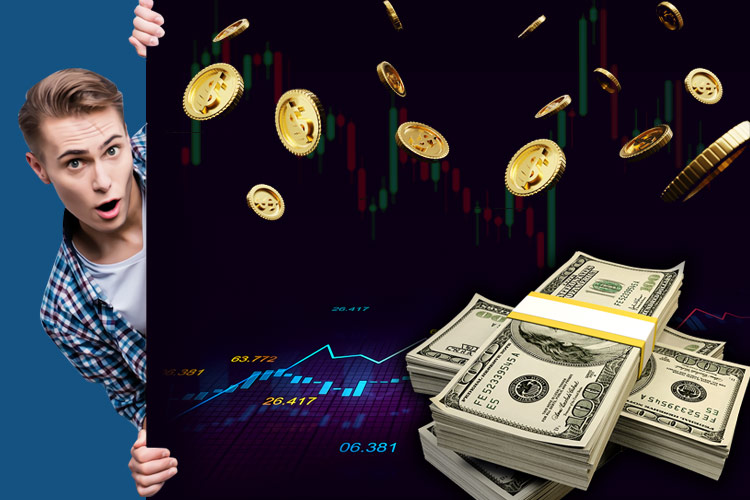

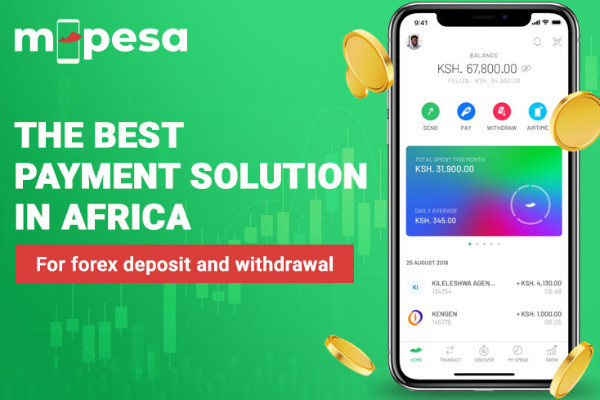

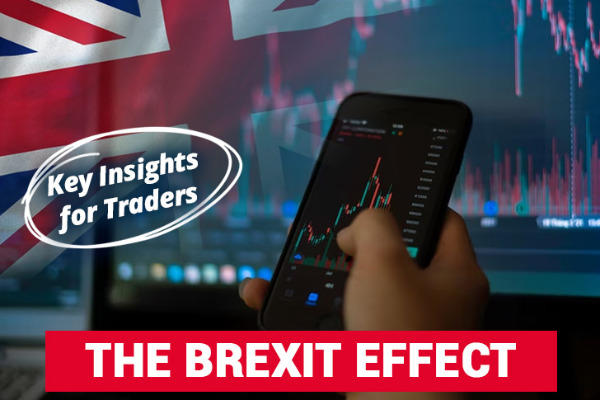
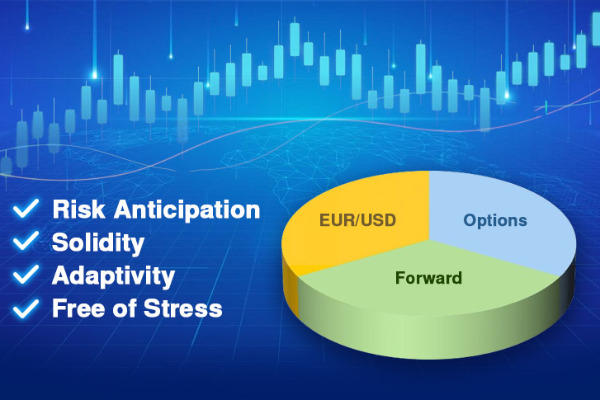
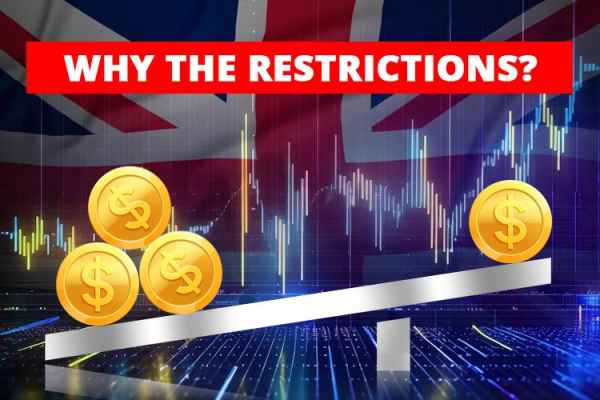
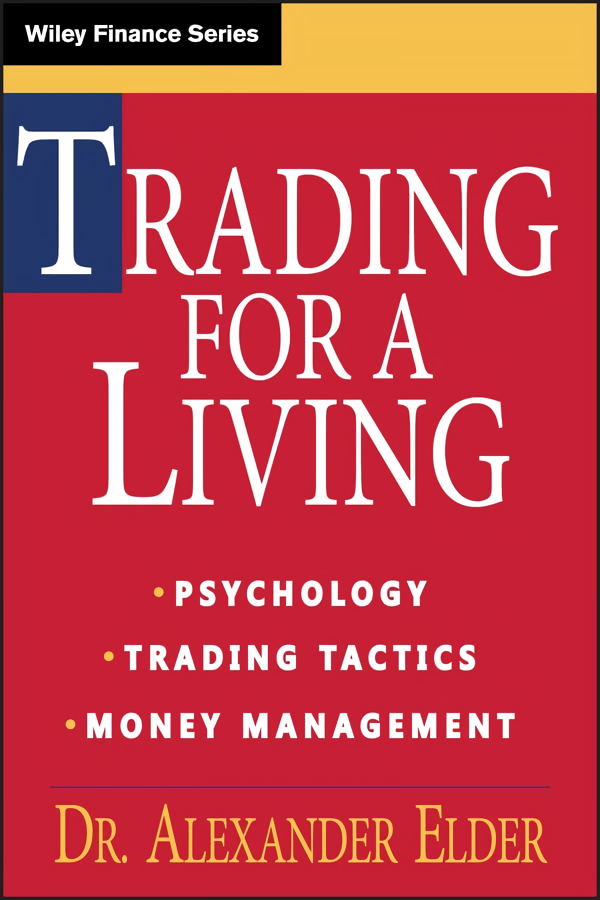
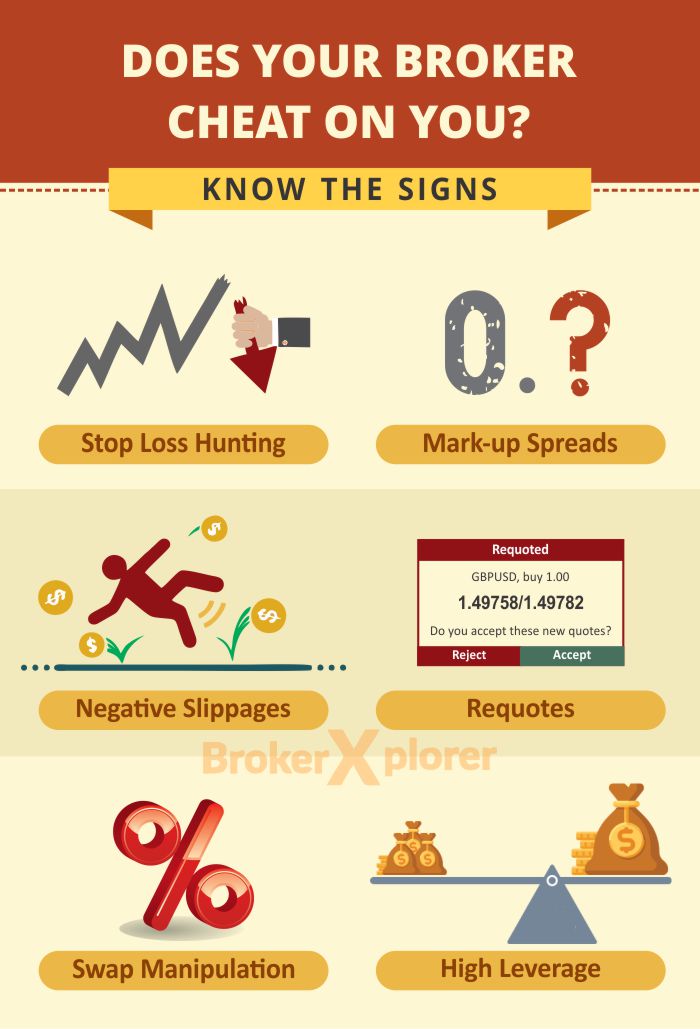

10 Comments
Hayashi
Jul 7 2023
Hey, I've got a question about the legality of funding costs in trading. You know, those extra fees that sometimes come with making deposits into a trading account. It's interesting because many people are aware of deposit costs, but not everyone realizes there could be additional expenses known as funding costs. So, I'm wondering, are brokers actually allowed to charge these funding costs? And if they are, are there any regulations or guidelines in place to ensure transparency and disclosure of these fees? Hope there is an explanation about that! Thank you!
Leandro
Jul 11 2023
@Hayashi: Hey there! That's a great question about the legality of funding costs in trading. So, here's the deal: brokers are indeed allowed to charge funding costs, but it's essential for them to operate within the boundaries of regulations and guidelines. These costs can be associated with various factors like deposit processing, currency conversions, or even the use of certain payment methods.
To ensure transparency and disclosure, regulatory bodies often require brokers to provide clear information about funding costs to their clients. This includes disclosing any applicable fees, such as deposit fees or withdrawal charges, in a transparent and easily accessible manner. It's important for brokers to outline these costs upfront so that traders can make informed decisions and understand the total expenses associated with their trading activities.
Jesse
Jul 12 2023
As a trader, have you considered the potential impact of taxes on your forex trading profits? It's common to focus on refining trading strategies, but it's important not to overlook the significance of taxes. In certain countries, forex trading profits are subject to taxation and must be reported at the end of the year. If you reside in a country that imposes taxes on forex trading, have you factored in this hidden cost when evaluating the feasibility of becoming a full-time trader? How do you plan to handle the tax implications of your trading activities? Have you sought guidance from tax professionals or relevant authorities to ensure compliance and optimize your trading strategy in light of tax obligations?
Alan
Jul 13 2023
@Jesse: Indeed, as a trader, it's crucial to consider the potential impact of taxes on forex trading profits. Taxes can significantly affect your overall profitability, and it's important to understand the tax regulations in your country.
If your country imposes taxes on forex trading profits, it's essential to factor in this hidden cost when evaluating the feasibility of becoming a full-time trader. Understanding your tax obligations and planning accordingly can help you make informed decisions about your trading activities.
To handle the tax implications of your trading, it's advisable to seek guidance from tax professionals or relevant authorities. Consulting with tax experts who specialize in forex trading can provide valuable insights into your specific tax obligations and strategies for optimizing your tax situation. They can help ensure compliance with tax laws, minimize tax liabilities, and maximize your trading strategy's overall effectiveness.
Andrew
Jul 14 2023
What is the carry trading strategy in forex trading, and how does it relate to the concept of swap rates? I noticed that swap rates are only applied to overnight positions, but there seems to be a misconception that positive swaps can be a reliable source of trading income. Can you provide more insights into the carry trading strategy and explain why it might be more suitable for experienced traders who understand forex fundamental outlook and big picture analysis? Additionally, for most traders, is it sufficient to view swap rates as an unexpected trading cost incurred by the broker, especially when holding overnight positions? And what are the implications of monitoring swap rates, particularly for traders who frequently have overnight positions?
Juan
Nov 22 2023
Bojan
Nov 25 2023
Hyuga
Jan 17 2024
Regarding taxes here, I'd like to clarify something. I'm currently residing in Singapore and engaged in trading with a broker (I won't mention the name) that operates offshore. This means the broker doesn't have an office here, and some might consider it an "unregulated" broker. However, it holds regulations from FCA UK and Belize, and it's a well-known and established broker, operating for nearly a decade. Given its reputation, I believe it's a secure platform for trading.
Now, my question revolves around taxes. Do I really need to pay taxes on the income I generate from Forex trading, especially when using a broker not regulated in my country?
Peter
Jan 22 2024
Hey there! Correct me if I wrong! As I know, regarding taxes in Singapore, it's essential to consider a few factors. Even though you're trading with a broker that operates offshore and is not physically present in Singapore, your tax obligations may still apply. In Singapore, the Inland Revenue Authority typically assesses taxes based on your residency status and the source of income.
Garardo
Apr 25 2024
I'm a bit puzzled about the hidden charges mentioned here. The article discusses hidden fees in trading, particularly swap fees, which I agree with. These fees often go unnoticed, and some traders overlook them. They're not only triggered when holding trades overnight but also because brokers typically only disclose the swap rates in their information.
Regarding this, some brokers provide swap-free accounts. Now, the question arises: Are the fees in swap-free accounts lower than the swap fees in regular accounts?